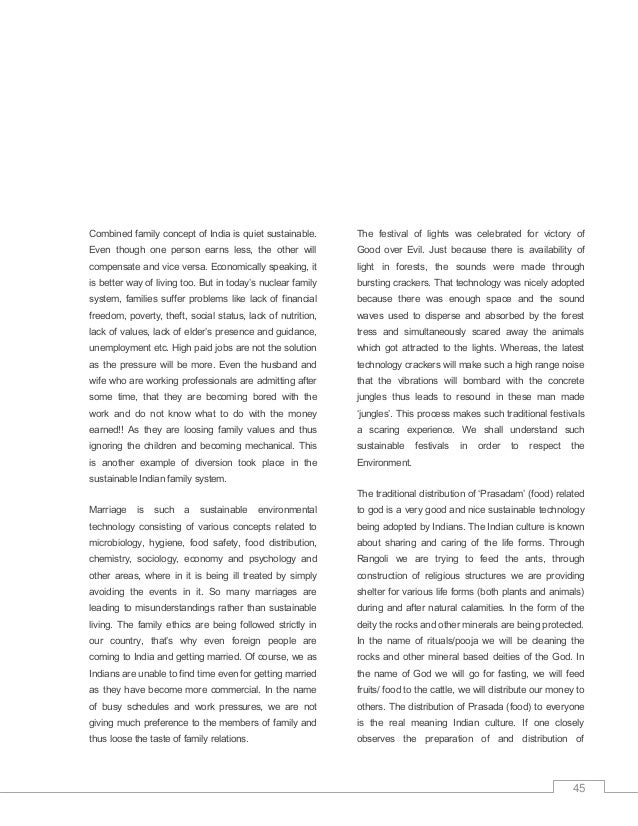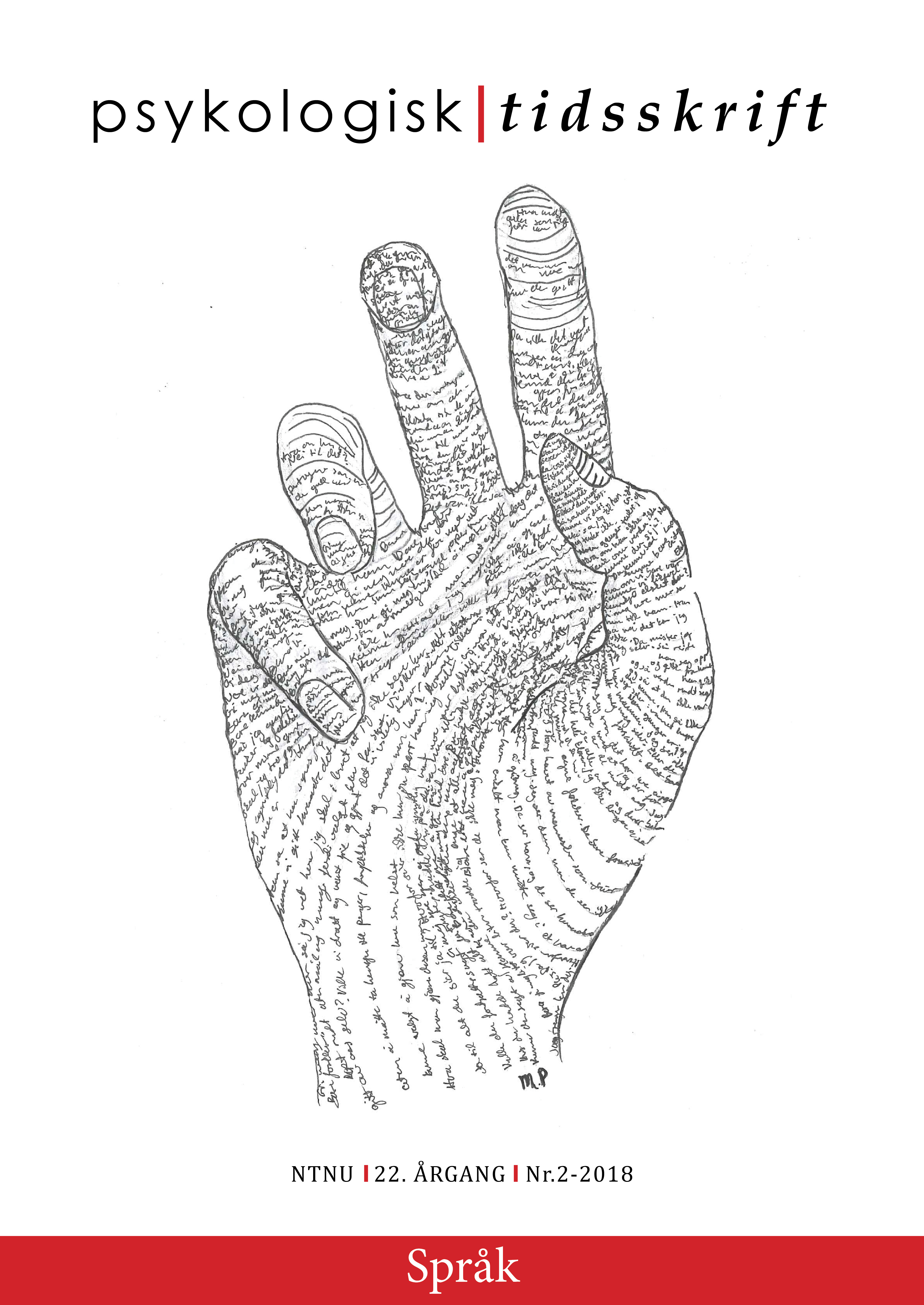Why Sequence Fragilariopsis cylindrus? - DOE Joint Genome.
Of the twelve species of Fragilariopsis documented, four occurred in the Argentine Sea, nine in the Drake Passage and twelve in the Weddell Sea. F. curta, F. kerguelensis, F. pseudonana and F. rhombica were present everywhere.
Fragilariopsis cylindrus is regarded as a typical cold-water species found in Arctic and Antarctic sea water and sea ice. It can form large ice-edge blooms and is regularly detected in sea ice investigations. To date, prokaryotes are the only psychrophilic (cold-loving) organisms for which whole genome sequences exist.

Here we present insights into the genome evolution of a cold-adapted diatom from the Southern Ocean, Fragilariopsis cylindrus, based on a comparison with temperate diatoms. We find that approximately 24.7 per cent of the diploid F. cylindrus genome consists of genetic loci with alleles that are highly divergent (15.1 megabases of the total genome size of 61.1 megabases).

Fragilariopsis species Fragilariopsis cylindrus Name Synonyms Fragilaria cylindrus Grunow Fragilaria nana Steemann Nielsen Fragilariopsis nana (Steemann Nielsen) Paasche Nitschia cylindrus (Grunow) Hasle, 1972 Nitzschia cylindrus (Grunow) Hasle.

Classification essays are quite specific in that they deal with organizing classifications and identifying logical links to the classifications. Anyone writing an essay of this type is expected to sort or organize the main points or arguments of their work into categories. It is important to note that categories should be aligned to the topic.

The absence of these groups from the present classification should not be interpreted as a judgment on their monophyly. Rather, it reflects a desire to keep the classification simple, and to minimize the number of intercalary ranks (as per the directives of Art. 4.3 of the Code).

Biotope: marine, planktonic. Date of sampling: 2004. Cell dimensions (length x width):. 18 x 5 mm.

This page was last edited on 6 July 2019, at 22:19. Text is available under the Creative Commons Attribution-ShareAlike License; additional terms may apply.By using.

US Custom Essay Service at Your Door Step!!! The global essay writing service delivering pro-quality help and secure experience to customers worldwide.

Publications of Paul C. Silva. Research papers and books. Generic names of algae proposed for conservation. Hydrobiologia 2(3): 252-280. 1950. The genus Codium in California with observations on the structure of the walls of the utricles. Univ.

To try to answer this question, three very similar Fragilariopsis species endemic to the Southern Ocean were targeted in this study: F. obliquecostata, F. ritscheri, and F. sublinearis. A set of 501 extended focus depth specimen images were obtained using a standardized, semiautomated microscopic procedure.

The taxonomic classification was also supported by marker gene comparisons, as well as by analysis of physical characteristics of the bacterial cells and colonies. The presence of prophages in each genome was determined using the phage search tool PHASTER 3 (Arndt et al., 2016).

TAXONOMIC IDENTIFICATION OF ALGAE (MORPHOLOGICAL AND MOLECULAR): SPECIES CONCEPTS, METHODOLOGIES, AND THEIR IMPLICATIONS FOR ECOLOGICAL BIOASSESSMENT1 Kalina M. Manoylov2 Department of Biological and Environmental Sciences, Georgia College and State University, Milledgeville, Georgia 31061, USA Algal taxonomy is a key discipline in phycology.



